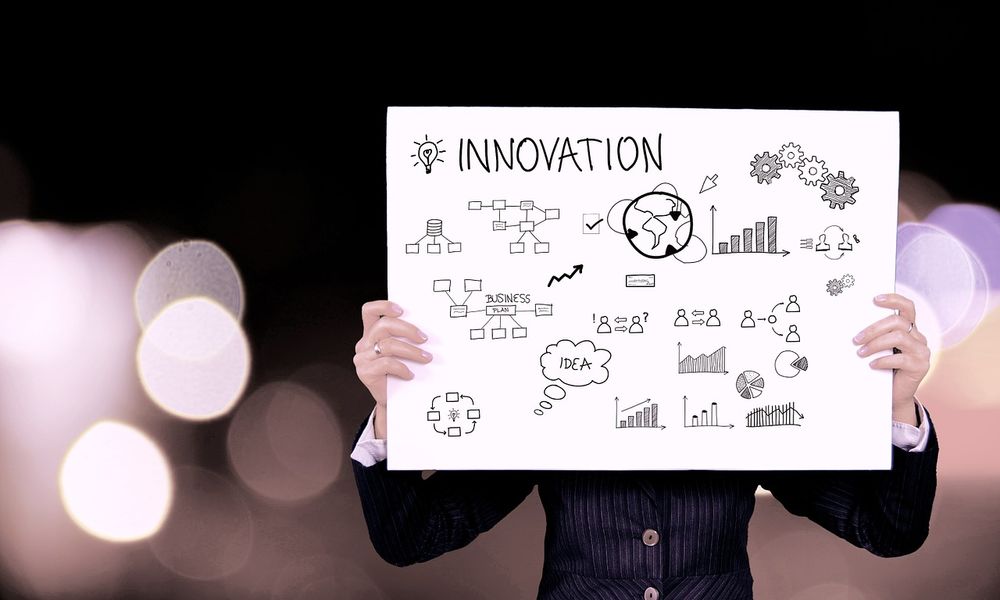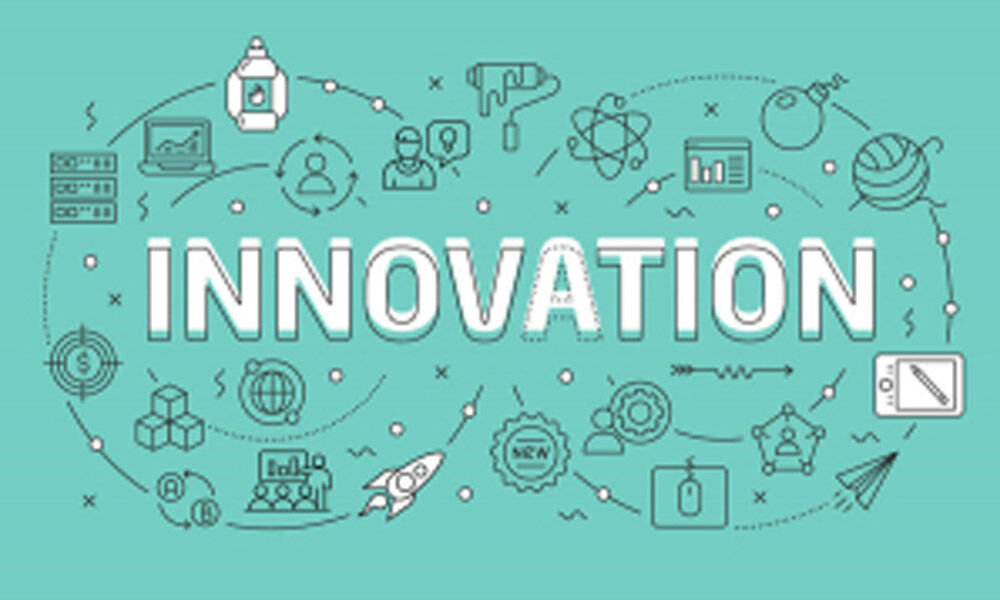Innovation has become the cornerstone of competitive advantage in today’s fast-paced corporate environment. While many companies focus on top-down strategies led by executives, grassroots creativity—innovation driven by employees—has proven to be an untapped goldmine. Employee-driven innovation involves empowering individuals at all levels to contribute ideas that drive growth, improve processes, and create value. This article explores the significance of grassroots creativity, strategies to harness it, and actionable insights to foster a culture of innovation in corporations.
Understanding Grassroots Creativity in Corporations
What Is Grassroots Creativity?
Grassroots creativity refers to the organic generation of innovative ideas by employees, independent of hierarchical directives. Unlike traditional top-down innovation, it leverages the diverse perspectives of employees who interact closely with products, customers, and operational challenges.
Benefits of Employee-Driven Innovation
- Enhanced Engagement: Employees feel valued and motivated when their ideas are heard.
- Improved Problem-Solving: Individuals working on the front lines often have unique insights into challenges and opportunities.
- Sustained Growth: Harnessing creativity from all levels leads to continuous improvement and competitive advantage.
Challenges to Employee-Driven Innovation
- Cultural Resistance: Organizations with rigid hierarchies may resist grassroots ideas.
- Fear of Failure: Employees may hesitate to share ideas due to fear of criticism.
- Resource Constraints: A lack of dedicated resources for employee innovation can hinder progress.
Building a Culture That Encourages Innovation
The Role of Leadership
Leaders play a critical role in cultivating a culture that values innovation. Transparent communication, active listening, and public recognition of contributions foster trust and creativity.
Creating a Safe Space for Experimentation
Psychological safety is vital. Employees must feel secure sharing ideas without fear of retribution. Constructive feedback and support for failed experiments encourage risk-taking.
Recognizing and Rewarding Creativity
Incentives like bonuses, promotions, and public acknowledgment motivate employees to innovate. Non-monetary rewards, such as extra time for creative projects, also drive engagement.
Strategies to Harness Grassroots Creativity
Establishing Innovation Frameworks
Implement structured processes for idea submission, evaluation, and implementation. Innovation hubs or dedicated platforms streamline this process, ensuring every idea receives due attention.
Leveraging Technology
Invest in digital tools that facilitate collaboration and idea sharing. Platforms like Slack, Trello, or proprietary apps enable teams to brainstorm, prototype, and iterate efficiently.
Cross-Functional Collaboration
Encourage interdisciplinary teams to bring diverse perspectives to problem-solving. For example, pairing marketing professionals with engineers can yield innovative product ideas.
Training and Development
Provide workshops and training programs focused on creative thinking and innovation. Mentorship initiatives can guide employees in refining and presenting their ideas effectively.
Employee Autonomy
Grant employees time and resources to pursue innovative projects. Examples include Google’s “20% time,” where employees dedicate part of their workweek to passion projects that align with company goals.
Addressing Common Roadblocks
Overcoming Bureaucracy
Streamline approval processes to eliminate unnecessary hurdles. Establish flat structures where employees can pitch ideas directly to decision-makers.
Aligning Innovation with Corporate Goals
Ensure grassroots ideas align with the company’s mission and objectives. Encourage employees to consider the strategic impact of their proposals.
Managing Resistance to Change
Use change management techniques to gain buy-in from stakeholders. Highlight the potential benefits and provide training to ease transitions.
Measuring the Impact of Employee-Driven Innovation
Key Performance Indicators (KPIs)

Track metrics such as:
- Number of ideas submitted and implemented.
- ROI from grassroots initiatives.
- Employee engagement and satisfaction scores.
Success Stories and Lessons Learned
Document successful initiatives and analyze what worked. Use these insights to refine processes and encourage continuous improvement.
Case Studies of Successful Employee-Driven Innovation
Real-World Examples
- Google: Known for its “20% time” policy, which has led to innovations like Gmail and Google Maps.
- 3M: Encourages employees to spend 15% of their time on passion projects, resulting in products like Post-it Notes.
Lessons from Failure
Highlight companies that faced challenges and adapted their approaches, demonstrating resilience and learning.
Industry-Specific Approaches
Tailor strategies to sector-specific needs. For example, tech companies may prioritize digital platforms, while healthcare firms focus on patient-centric solutions.
Future of Employee-Driven Innovation
Trends Shaping Grassroots Creativity
- AI and Automation: Tools that streamline ideation and prototyping processes.
- Diversity and Inclusion: Leveraging varied perspectives to drive innovative outcomes.
Predictions for the Next Decade
Grassroots innovation will become increasingly central to corporate strategy, with organizations investing in tools and frameworks to nurture employee creativity.
Conclusion
Harnessing employee-driven innovation is not just a strategy—it’s a necessity for corporations seeking to remain competitive. By building a culture that encourages grassroots creativity, leveraging technology, and addressing roadblocks, organizations can unlock the full potential of their workforce. Empowering employees to innovate ensures sustainable growth and positions businesses for success in an ever-evolving market.



